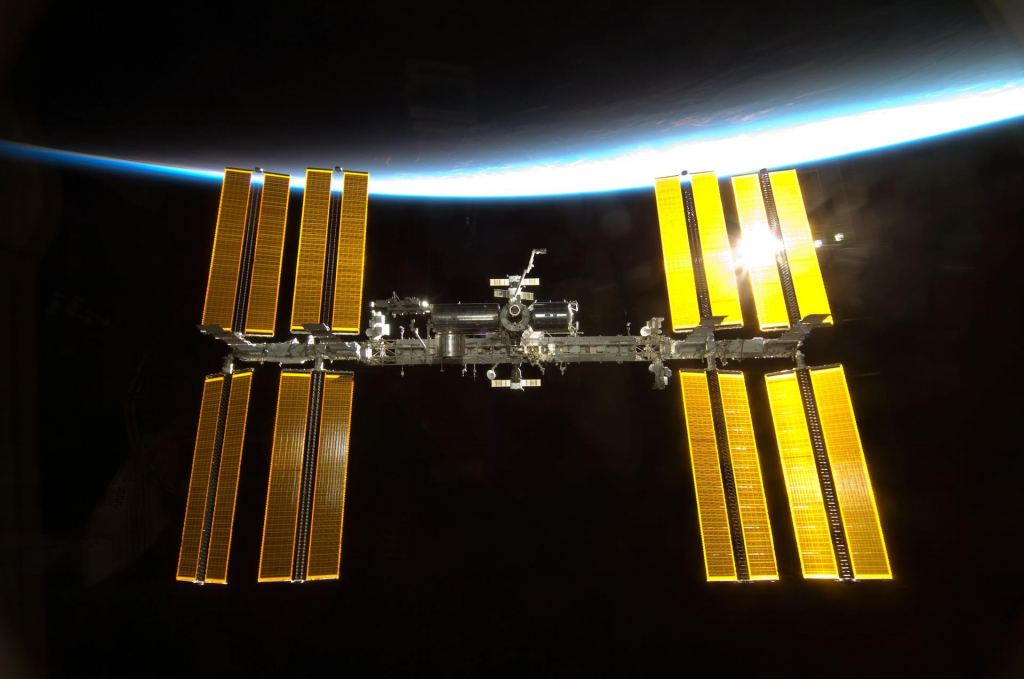The International Space Station (ISS) has been continuously orbiting Earth for more than 25 years and has been visited by over 270 astronauts, cosmonauts, and commercial astronauts. In January 2031, a special spacecraft designed by SpaceX - aka. The U.S. Deorbit Vehicle - will lower the station's orbit until it enters our atmosphere and lands in the South Pacific. On July 17th, NASA held a live press conference where it released details about the process, including a first glance at the modified SpaceX Dragon responsible for deorbiting the ISS.
As usual, the company shared details about the press conference and an image of the special Dragon via their official X account (formerly Twitter). As they indicated, SpaceX will deploy a modified spacecraft that will have six times the propellant and four times the power of "their "today's Dragon spacecraft." The image shows that the U.S. Deorbit Vehicle will have a robust service module in place of the trunk used by the standard Crew Dragon vehicle. This module is larger and has additional fold-out solar arrays in addition to hull-mounted solar panels.
Loading tweet...
— View on Twitter
It also appears to have more Draco engines than the standard Crew Dragon vehicle - which has 18 engines capable of generating 400 Newtons (90 lbf) each - for a total of 7,200 N (360 lbf) of thrust. Presumably, this means the U.S. Deorbit Vehicle will have 72 Draco thrusters (arranged concentrically) and be capable of generating close to 30,000 Newtons (1,440 lbf) of thrust. The image also shows the spacecraft docking with the Kibo module operated by the Japan Aerospace Exploration Agency (JAXA).
NASA announced the selection of SpaceX in late June to develop the vehicle as part of a single-award contract with a total potential value of $843 million. While SpaceX is responsible for developing the spacecraft, NASA will take ownership once it is complete and operate it throughout the mission. Both the spacecraft and ISS are expected to break up during re-entry, and the remains will land in the "spacecraft cemetery" in the South Pacific. The contract for the launch services has not yet been awarded but is expected to be announced shortly.
SpaceX is also responsible for developing the Human Landing System (HLS) - the Starship HLS - that will transport astronauts to the lunar surface as part of the *Artemis III* and IV missions. SpaceX has also been contracted to launch the core elements of the Lunar Gateway - the Power and Propulsion Element (PPE) and the Habitation and Logistics Outpost (HALO) - into lunar orbit using a Falcon Heavy rocket in November 2025.
Since 1998, the ISS has served as a unique scientific platform where crew members from five space agencies - including NASA, the Canadian Space Agency), the European Space Agency (ESA), JAXA, and the Russian State Space Corporation (Roscosmos). During its operational lifetime, crew members have performed experiments ranging from the effects of microgravity and space radiation on human, animal, and plant physiology. This research will play a vital role as NASA and its international partners conduct long-duration missions to the Moon and Mars in the coming decades.
The station has also allowed for extensive research into space science, biology, the physical sciences, and technology demonstrations that are not possible on Earth. Above all, the ISS has served as a symbol of international cooperation, consistent with the Outer Space Treaty and its core philosophy of "space is for all." NASA, the CSA, the ESA, and JAXA have all committed to operating the station through 2030, while Roscomos has committed to continue operations until 2028 at least. The safe deorbit of the ISS is the responsibility of all five space agencies.
*Further Reading: NASA*
 Universe Today
Universe Today

